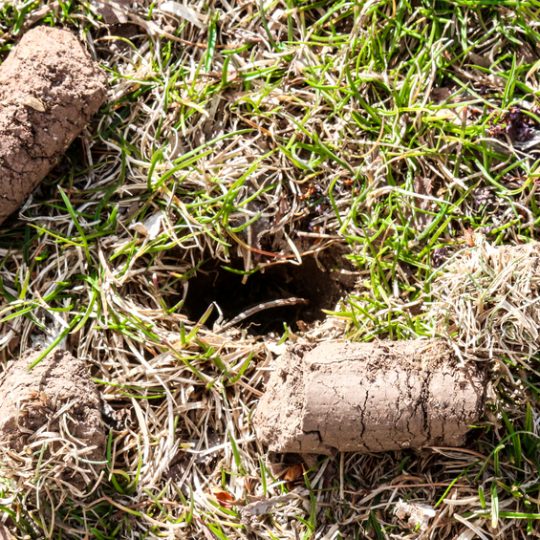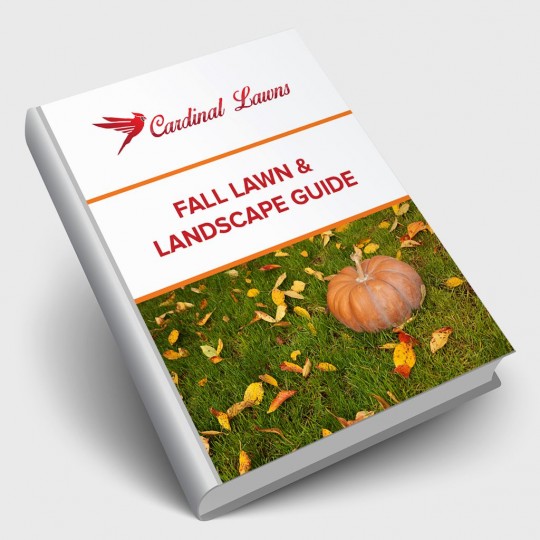Aeration Tool Tip: Solid or Hollow Tine?
Posted
October 6, 2016

You know that soil compaction in your lawn is bad, but do you know which tool to reach for to fix the problem and aerate the soil? Let’s review the differences between the solid-pronged garden fork and hollow tines, how to use each, and their individual benefits.
About Solid Tines
A solid-pronged fork helps improve air flow and rain percolation throughout your landscape. Solid tines are metal spikes that you punch into the surface of your lawn. They can be up to six inches deep, sometimes more. To use it, go over your lawn carefully with the fork. Push the tines down and wiggle the fork a bit to widen the holes. Continue this process every four inches or so, stabbing and wiggling your way across the lawn.
When to Use Solid Tines
The solid-tine fork is definitely the simplest way to relieve minor compaction issues and refresh a tired lawn. It’s best for lawns with only minor soil compaction or that need a temporary extra boost during hot weather. But solid-tine aeration does not remove any soil. The holes you create will just naturally squeeze back together in a matter of days. Also, if the soil in your lawn is rich in clay, or particularly wet, your work may do more harm than good, sealing up the beneficial air and water channels to the roots.
About Hollow Tines
With hollow tines, you drive specially designed metal tubes into the surface of your lawn, automatically extracting a plug of turf and soil. You can use a manual fork or a walk-behind mechanical aerator that simplifies the job of lifting out the plugs. Usually the holes made with a hollow-tine aerator are not as deep as solid-tine aeration holes.
When to Use Hollow Tines
The main benefit of physically removing a core of soil is that it creates lasting extra space in the remaining soil. The holes can stay open for many weeks after the treatment, allowing the roots to really grow and flourish, allowing the lawn to thicken and improve tremendously.
Hollow-tine aeration is a good choice for any lawn. It’s effective on lawns that suffer heavier compaction and serious wear and tear.
The only problem with the hollow tines is the little plugs of soil that they create all over your lawn. You have to do something with them so that they don’t clog your mower or hasten the spread of weeds across the surface of your lawn. For a small area, you can easily remove them and add them to your compost pile. For a larger area, you might be better off consulting with a lawn care company to dispose of them for you.
Need Help With Lawn Aeration?
If you have any questions about the lawn aeration techniques that are right for your property, contact a trained lawn care specialist at Cardinal Lawns. Call today at 614-808-4446 for a free consultation.
Special Offer for New Customers
Two Free Lawn Care Treatments
Hurry! Offer Expires April 30, 2025

Download Your FREE Fall Lawn & Landscape Guide
Keeping your grass healthy is a year-round process. Take some time to learn about how to properly care for your lawn before it goes dormant in the cold of winter. This handy guide teaches you what to do in the fall for a healthy lawn in the spring.